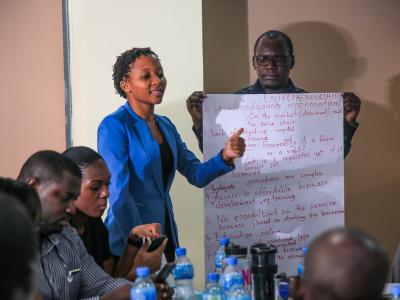In September 2011, The Netherlands Ministry of Foreign Affairs and the German Federal Ministry for Economic Cooperation and Development jointly commissioned two studies. The studies respectively aim to (1) look into scenarios of how development-related financial contributions can be associated to Official Development Assistance reporting and (2) examine the feasibility and potential design of a ‘development-friendliness’ index to evaluate donor policies affecting developing countries beyond their quantitative ODA contributions.
This report presents the results of the second study, whose scope and methodology is described in detail in section 2. The key question in this study is how countries might be systematically compared on how their entire range of non-aid policies2 contribute to international development. A second question was to find out whether international stakeholders support the monitoring of policy coherence for development on a regular basis. In this context, the Terms of References requested the study to look particularly into whether an internationally agreed ‘coherence index’ based on quantitative and/or qualitative data could facilitate this monitoring.
In discussions on the study with the steering group composed of both the Netherlands and German ministries, the study team concluded that there were two dimensions to thinking about the feasibility of such an index and that both had to be addressed:
The ‘political dimension’ of developing an index; establishing why governments might be interested in designing and using a development-friendliness index, and the level of support for this among donors,
The ‘technical dimension’, in contrast, mainly revolves around one question: assuming a political agreement to develop an index of this kind, ‘how’ might this concretely be done.
In view of the study’s scope, objectives and key characteristics, the document has been structured as follows:
Section 1 provides information about the study’s scope and methodology.
Section 2 provides a conceptual and contextual analysis of why governments might be interested in designing and using a development-friendliness index.
Section 3 presents the study’s findings in relation to the political dimensions of a development-friendliness index.
Section 4 presents the study’s findings in relation to the technical dimensions of a development-friendliness index.
Section 5 builds on the discussion in the previous two sections to scope out four options as potential next steps.





